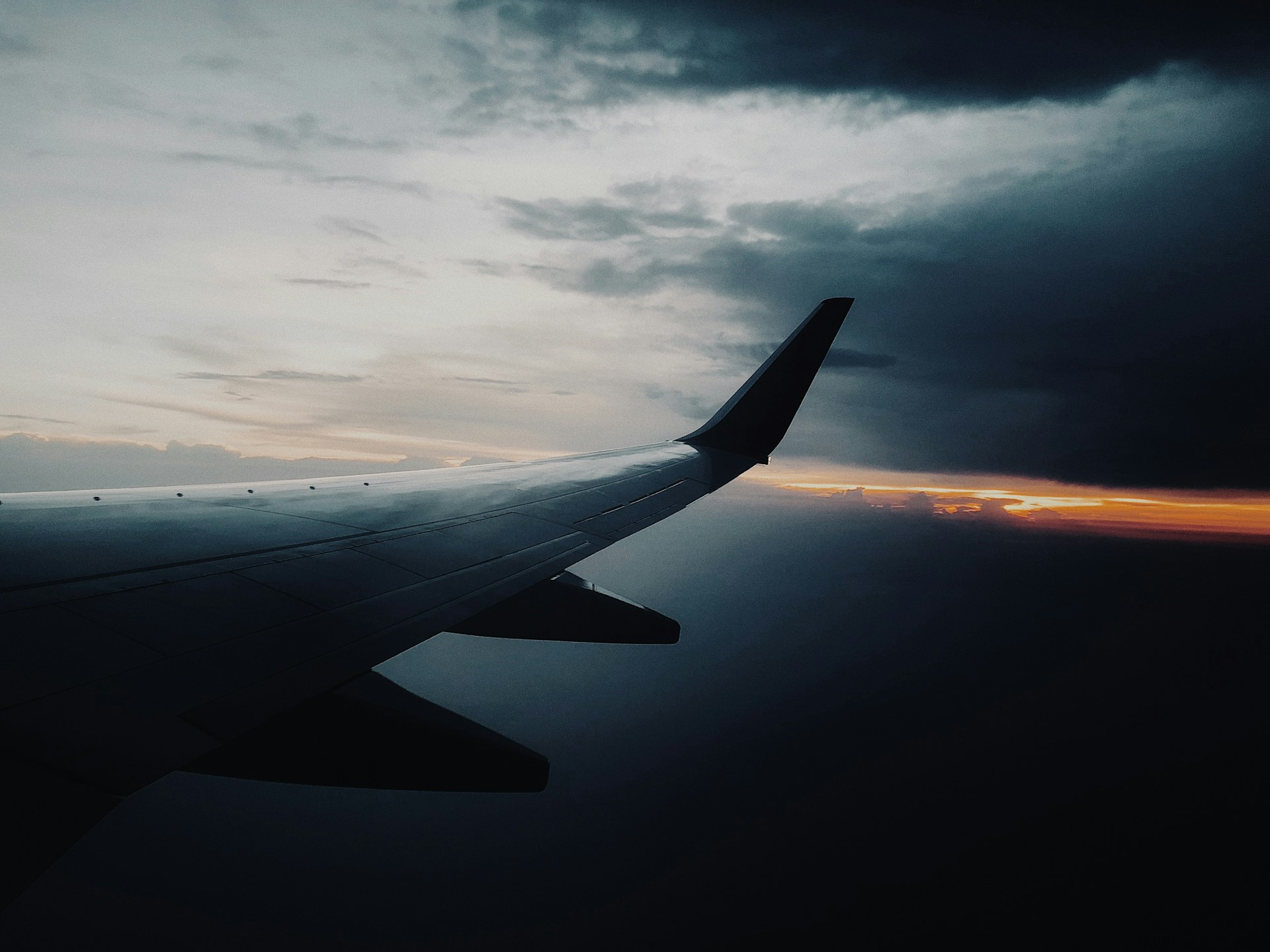Severe thunderstorms sweeping across the eastern and midwestern United States have caused widespread disruption to commercial air travel, grounding thousands of flights and stranding passengers during one of the busiest travel months of the year. Over 7,800 delays and 1,400 cancellations were reported across major carriers, with American, Delta, and United Airlines among the most affected. Airports including JFK, Newark, LaGuardia, and Boston Logan saw the highest levels of disruption, as fast-moving storm systems triggered ground stops and long-haul diversions.
The timing has proven especially difficult, coinciding with peak summer travel and limited operational slack in airline schedules. In response, airlines issued travel waivers, waived change fees, and scrambled to rebook stranded customers amid growing congestion at affected hubs. Some flights were delayed for hours on the tarmac, while others were rerouted entirely to bypass storm activity along the East Coast and central corridor.
Beyond passenger inconvenience, the storm surge underscores the mounting strain on aviation infrastructure from climate-linked weather patterns. Airlines already navigating labour shortages, aircraft repositioning delays, and high fuel costs are now contending with a new variable – operational unpredictability tied to increasingly volatile summer weather. Carriers are expected to reassess their storm-readiness protocols as extreme weather becomes a recurring mid-year challenge rather than a rare anomaly.
Airports, too, are deploying contingency measures, with additional staff and digital notifications helping to manage crowd flow and rebooking queues. Still, the cascading effects of cancelled flights, such as missed connections, hotel shortages, and overbooked reassignments, continue to frustrate both international tourists and domestic travellers alike.
Travellers are advised to check flight status frequently, book morning departures where possible, and pack essential items in hand luggage in case of overnight disruptions. As airlines weigh longer-term solutions, including climate-adaptive scheduling and airport-level storm infrastructure, the message for now is clear: flexibility and preparedness are crucial for navigating modern air travel.


